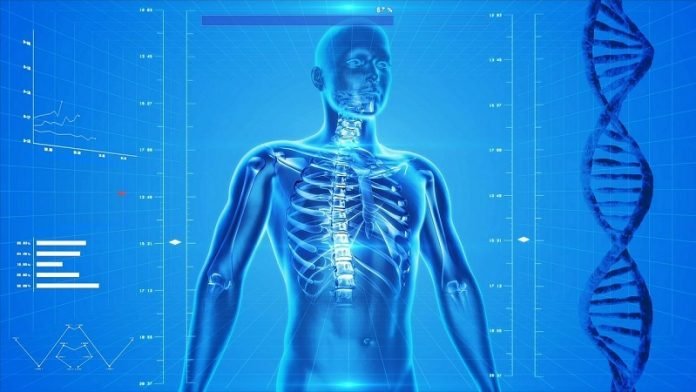
In a new study from Cedars-Sinai Medical Center, researchers found a new pathway that helps explain how consuming too much alcohol causes damage to the liver, specifically mitochondrial dysfunction in alcohol-associated liver disease.
This may help create new treatments for people suffering from the disease.
Cases of alcohol-associated liver disease continue to rise. It is one of the leading causes of alcohol-related deaths.
The spectrum of the disease includes hepatitis, fibrosis cirrhosis, and liver cancer.
Cirrhosis alone causes 1.6 million deaths worldwide and over 50% of cases are due to alcohol abuse.
Besides abstinence, there currently are no effective therapies for treating people with the disease.
The liver is very rich in mitochondria, known as the powerhouse of all cells, and plays a critical role in liver function.
Previous studies have shown that alcohol can alter the structure and function of the mitochondria, leading to liver injury. But the mechanism for the damage is unclear.
In the current study, the team examined an enzyme called MATα1 that’s responsible for providing the liver vital nutrients for survival.
Using liver tissues from patients with alcohol-associated liver disease and preclinical models, the team found levels of this enzyme were selectively reduced in the mitochondria.
The team found alcohol activates the casein kinase 2 (CK2) protein, which triggers a process called phosphorylation of MATα1 at a specific amino acid residue.
In their experiments, the team found this process facilitates interaction between MATα1 with another protein called PIN1 and prevents MATα1 from transporting into the mitochondria.
With this information, the team decided to block this interaction by muting MATα1, therefore preventing phosphorylation from occurring.
This prevented the interaction of the two proteins, preserving mitochondrial MATα1 location and function in the mitochondria and thus protected the mitochondria from being damaged by alcohol consumption.
They observed the same protection when they reduced CK2 expression to lower MATα1 phosphorylation.
The findings suggest a novel and targetable mechanism to help treat alcohol-associated liver disease.
If you care about liver diseases, please read studies that common fatty liver disease may cause Alzheimer’s-like symptoms, and artificial sweetener may help reduce fatty liver disease.
For more information about liver health, please see recent studies that aerobic exercise could have the final say on fatty livers, and results showing this stuff in many vegetables can fight fatty liver disease.
The study was conducted by Lucía Barbier-Torres et al., and published in Nature Communications.




